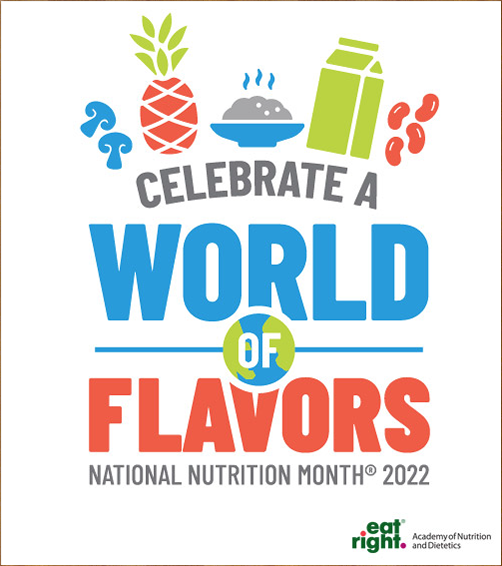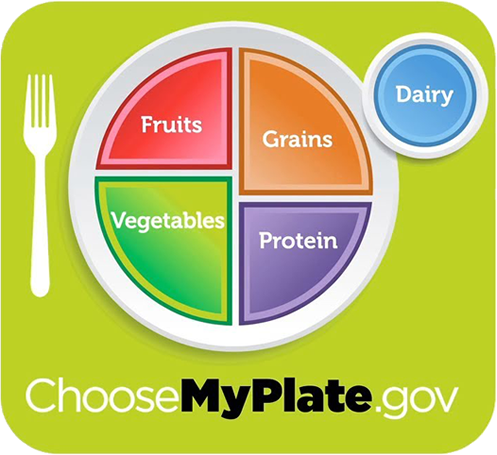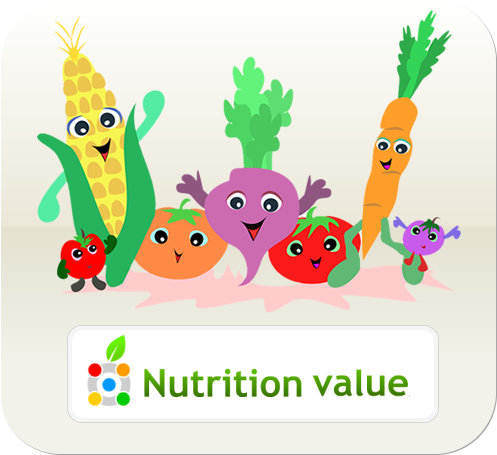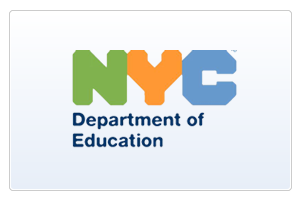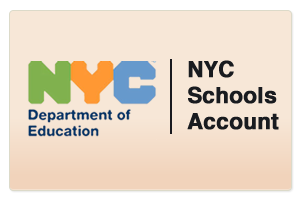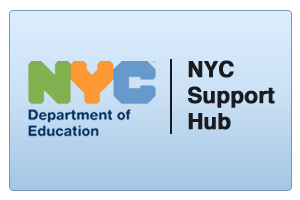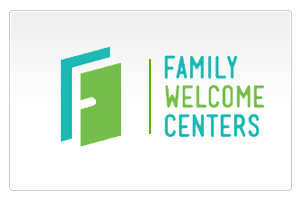Health

![]()
Welcome to Health

Mrs. Dakis’ Health Education and Wellness
In this unit of study, student’s demonstration of Health Practices focuses on the students learning and mastering important health practices that keep them healthy and safe. These skills are wide-ranging across the following health areas: physical and personal wellness, emotional and social wellness, and prevention and risk management.
Self-Management
Self-Management helps students identify the areas in their life where they must take personal responsibility and develop the necessary health practices to maintain and improve their health.
Stress is the body's reaction to certain situations and feelings. It changes how the body functions and how you feel about life-at least temporarily. Stress sounds... well, stressful! But stress is a normal part of your day, and you should not be afraid of it. Featuring TIME for Kids content, this nonfiction reader introduces students to the topic of stress and how to cope with it.
Video: Study Break Yoga
| Unit Title | Essential Health Concepts | Unit Skill Development Focus |
|---|---|---|
NUTRITION AND PHYSICAL ACTIVITY (NPA) Healthy Behavior Unit Outcomes Students will: Manage emotional stress and anxiety in healthy ways. Manage emotional stress in nonviolent ways. Parent-Engagement: SUGGESTED LEARNING ACTIVITY 1: Ask students questions that will help them understand the importance of looking back on their health behaviors and learning from them. For example, ask the following questions:
|
Standard 1: Concepts About Social, Emotional, and Mental SEM 1.2 That there are positive, negative, physical, and emotional effects of stress. SEM 1.3 How to identify personal stressors at home, in school, and with friends. SEM 1.4 Positive and negative ways of dealing with stress and anxiety. UNIT VOCABULARY improve, identify, implement, demonstrate, support, responsible, explain, maintain stress, stressor Helpful student-friendly websites |
Component 1 of Self-Management: Demonstration of Health Practices Component 2 of Self-Management: Personal Responsibility |
![]()
March 2023
In this unit of study, students are learning how to be HealthSmart by studying the effects of tobacco, alcohol and other drugs. Students will learn about the dangers of vaping, other tobacco products, alcohol and marijuana. In addition, students will discuss the benefits of staying drug free. We will consider how peers and advertising messages can influence our choices and learn to say NO and resist peer pressure to use tobacco, alcohol and other drugs.

Comic: “Don’t Get Hooked” - En Español: Haga clic aquí
March’s School Wellness Event
| Unit Title | Essential Health Concepts | Unit Skill Development Focus |
|---|---|---|
ALCOHOL, TOBACCO, AND OTHER DRUG-USE PREVENTION (ATOD) SKILL DEVELOPMENT FOCUS: ANALYZING INFLUENCES COMMUNICATION DECISION MAKING UNIT VOCABULARY Addiction, addictive, alcohol, drug, impaired, influence, medicine, misuse, over-the-counter drug, peers, pressure, prescription, pharmacist, resist, tobacco, vaping |
|
Standard 5: Make Healthy Decisions to Avoid Alcohol, Tobacco, and Other Drugs ATOD 5.1 Demonstrate the ability to identify positive options when deciding (about using alcohol, tobacco, and other drugs). ATOD 5.2 Practice recognizing and making decisions that will help them reach their long-term goals. |
![]()
JANUARY RECIPE
Quinoa & Chia Oatmeal Mix
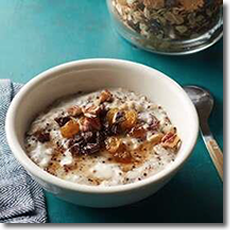 Prep Time: 10 mins
Prep Time: 10 mins
Serves 12
Make your own hot cereal mix with this healthy recipe. Keep it on hand and just cook up the amount you need when you're ready for a hot breakfast. One serving of the warm cereal contains six grams of fiber—almost a quarter of your daily quota.
Ingredients
- 2 cups old-fashioned rolled oats
- 1 cup rolled wheat and/or barley flakes (see Tip)
- 1 cup quinoa
- 1 cup dried fruit, such as raisins, cranberries and/or chopped apricots ½ cup chia and/or hemp seeds
- 1 teaspoon ground cinnamon
- ¾ teaspoon salt
Directions
Step 1 To make the hot cereal dry mix: Combine oats, wheat and/or barley flakes, quinoa, dried fruit, seeds, cinnamon and salt in an airtight container.
Step 2 To make 1 serving of hot cereal: Combine 1/3 cup Quinoa & Chia Oatmeal Mix with 1 1/4 cups water (or milk) in a small saucepan. Bring to a boil. Reduce heat, partially cover and simmer, stirring occasionally, until thickened, 12 to 15 minutes. Let stand, covered, for 5 minutes. Stir in a sweetener of your choice and top with nuts and/or more dried fruit, if desired. Makes 1 cup.
Tips
To make ahead: Store airtight for up to 1 month. Tips: Rolled barley and wheat flakes are steamed, dried and rolled-flat whole grains. They can be cooked to make a hot cereal and used in place of rolled oats in most recipes. They're usually near other whole-grain cereals.
![]()
NOVEMBER RECIPE
Butternut Squash Soup
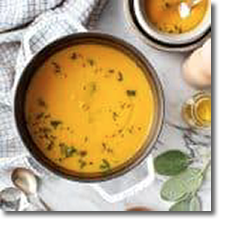 Prep Time: 10 mins
Prep Time: 10 mins
Total Time: 45 mins
Serves 6
This vegan butternut squash soup is the ultimate fall comfort food! Store it in the fridge for up to 4 days, or freeze it for up to a few months.
Ingredients
- 2 tablespoons extra-virgin olive oil
- 1 large yellow onion, chopped
- ½ teaspoon sea salt
- 1 (3-pound) butternut squash, peeled, seeded, and cubed
- 3 garlic cloves, chopped
- 1 tablespoon chopped fresh sage
- ½ tablespoon minced fresh rosemary
- 1 teaspoon grated fresh ginger
- 3 to 4 cups vegetable broth
- Freshly ground black pepper
For serving
- Chopped parsley
- Toasted pepitas
- Crusty bread Instructions
Instructions
- Heat the oil in a large pot over medium heat. Add the onion, salt, and several grinds of fresh pepper and sauté until soft, 5 to 8 minutes. Add the squash and cook until it begins to soften, stirring occasionally, for 8 to 10 minutes.
- Add the garlic, sage, rosemary, and ginger. Stir and cook 30 seconds to 1 minute, until fragrant, then add 3 cups of the broth. Bring to a boil, cover, and reduce heat to a simmer. Cook until the squash is tender, 20 to 30 minutes.
- Let cool slightly and pour the soup into a blender, working in batches if necessary, and blend until smooth. If your soup is too thick, add up to 1 cup more broth and blend. Season to taste and serve with parsley, pepitas, and crusty bread.
SEPTEMBER RECIPE
Overnight Chia Seed Oatmeal
Yield: 4 servings
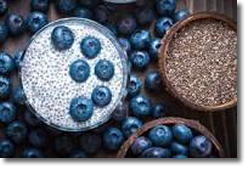 Ingredients: 2 cups old fashioned rolled oats; 1 ½ tablespoon chia seeds; 2 ¾ cup almond milk (or any milk alternative of choice); 6 tablespoons sweetened shredded dried coconut; a pinch of salt Toppings: apple slices, pecans, ground cinnamon (You may choose any fruit or nut)
Ingredients: 2 cups old fashioned rolled oats; 1 ½ tablespoon chia seeds; 2 ¾ cup almond milk (or any milk alternative of choice); 6 tablespoons sweetened shredded dried coconut; a pinch of salt Toppings: apple slices, pecans, ground cinnamon (You may choose any fruit or nut)
Instructions: 1. In a large bowl, combine rolled oats, chia seeds, shredded coconut, and milk. Fold to combine. Cover and let sit for 10 minutes to allow chia oats to absorb liquids. 2. Transfer moistened ingredients to your desired serving containers (I like to use mason jars). Cover and keep in the fridge overnight. Serve chilled straight from the fridge. Add toppings if desired. Keeps in fridge for up to 4 days.





